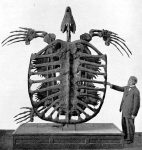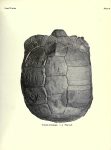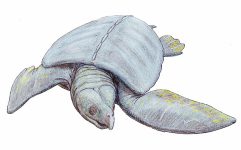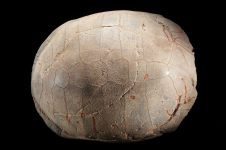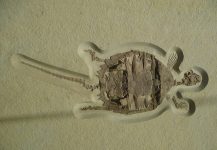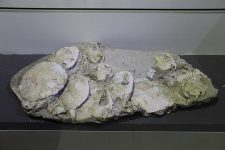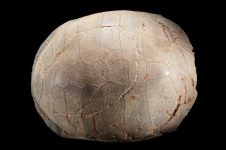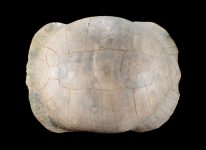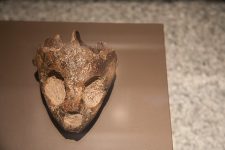Fossil Turtle
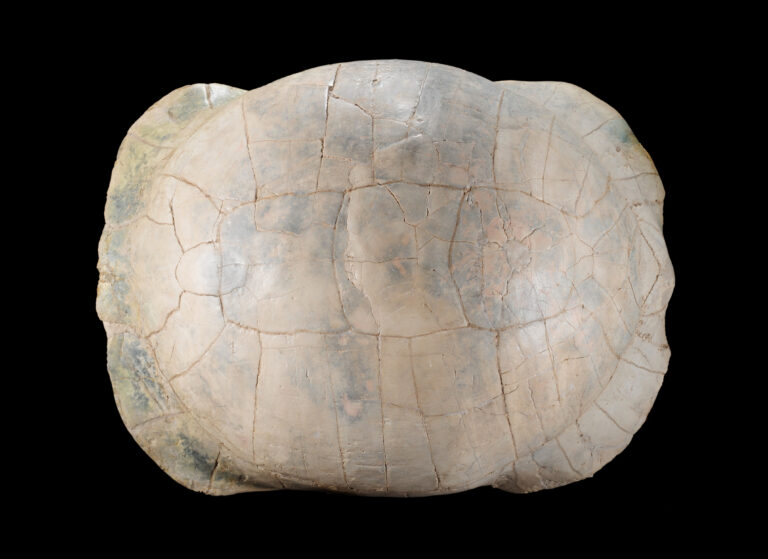
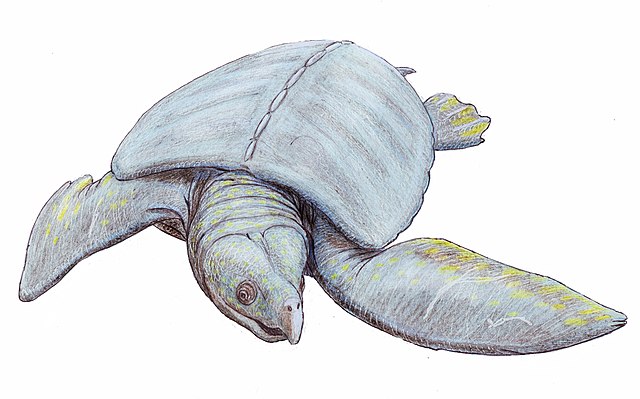
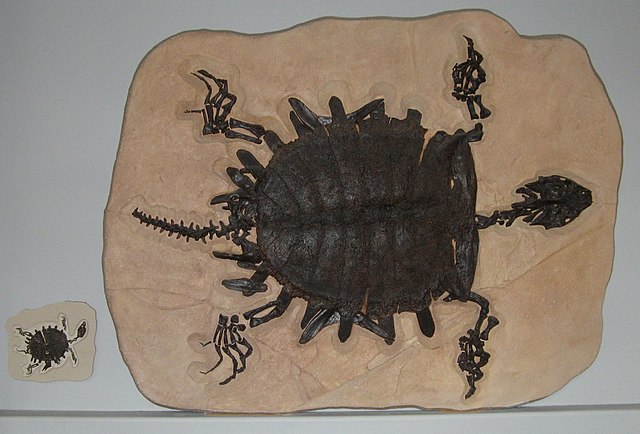
Fossil Turtle
Turtles, with their distinctive shells and ancient lineage, have fascinated scientists and enthusiasts alike for centuries. Fossil turtles, preserved in rocks spanning millions of years, offer a remarkable glimpse into the evolutionary history of these reptiles and the environments they inhabited. From their origins in the deep past to their survival through extinction events, fossil turtles provide valuable insights into the dynamics of evolution, adaptation, and the Earth’s changing landscapes.
Origins and Early Evolution
The story of turtles begins over 200 million years ago during the late Triassic period. Early turtle ancestors, such as Proganochelys, exhibited primitive forms of the characteristic shell seen in modern turtles. Unlike their modern counterparts, these early turtles had only partial shells, with bony plates on their skin and a broadened rib cage. This skeletal adaptation likely provided some protection but was far from the fully developed shells we recognize today.
Over time, the evolution of turtles led to the fusion of these bony plates with the backbone and ribs, forming a complete shell. This gradual process is evident in the fossil record, which shows intermediate forms and adaptations that eventually culminated in the diverse array of turtle species we see today.
Diversity and Adaptations
Fossil turtles come in a variety of shapes and sizes, reflecting their adaptation to different environments and ecological niches throughout history. Some early turtles, like Archelon, were colossal sea turtles that could grow to over 15 feet in length. These ancient marine giants inhabited the oceans during the Cretaceous period, showcasing the impressive diversity and adaptations of prehistoric turtles.
On land, turtles such as Meiolania developed heavily armored shells with defensive adaptations like spikes and horns. These features not only protected them from predators but also served as tools for competing in their ecosystems. The discovery of such fossil forms highlights the evolutionary experimentation and adaptation that turtles underwent over millions of years.
Paleoecological Insights
Studying fossil turtles provides valuable insights into past environments and climates. Fossils found in sedimentary rocks indicate the presence of ancient lakes, rivers, or oceans where these turtles once thrived. By analyzing the sedimentary context and associated flora and fauna, paleontologists reconstruct the ecological communities in which fossil turtles lived. This approach not only enhances our understanding of turtle evolution but also provides a broader perspective on the geological and environmental changes that shaped Earth’s history.
For instance, the presence of freshwater turtle fossils in certain rock formations can indicate the existence of ancient bodies of water, offering clues about past hydrological cycles and climatic conditions. By piecing together such evidence, scientists can create detailed reconstructions of past landscapes and ecosystems, enriching our understanding of the Earth’s environmental history.
Extinction Events and Survival
Like many organisms, turtles have faced extinction events throughout their long history. The end-Cretaceous extinction, which wiped out the dinosaurs and many other species, also affected turtle populations. However, turtles survived this catastrophic event, demonstrating their resilience and adaptability as a group.
The fossil record preserves evidence of extinction events and the subsequent diversification of turtle species. After surviving the end-Cretaceous extinction, turtles underwent a period of rapid evolution and diversification during the Paleocene and beyond. Fossil discoveries from different geological epochs provide crucial data on how turtles responded to environmental changes and competition with other organisms.
Modern Relevance and Conservation
Studying fossil turtles not only sheds light on their evolutionary past but also has implications for their conservation today. Many modern turtle species face threats from habitat loss, pollution, climate change, and illegal wildlife trade. Understanding the evolutionary history and ecological relationships of turtles can inform conservation strategies aimed at protecting their remaining habitats and preserving their genetic diversity.
By comparing the adaptations of fossil turtles to those of their modern descendants, scientists can identify key traits that have enabled turtles to survive and thrive in various environments over millions of years. This knowledge is essential for developing effective conservation measures and ensuring the long-term survival of endangered turtle species worldwide.
